
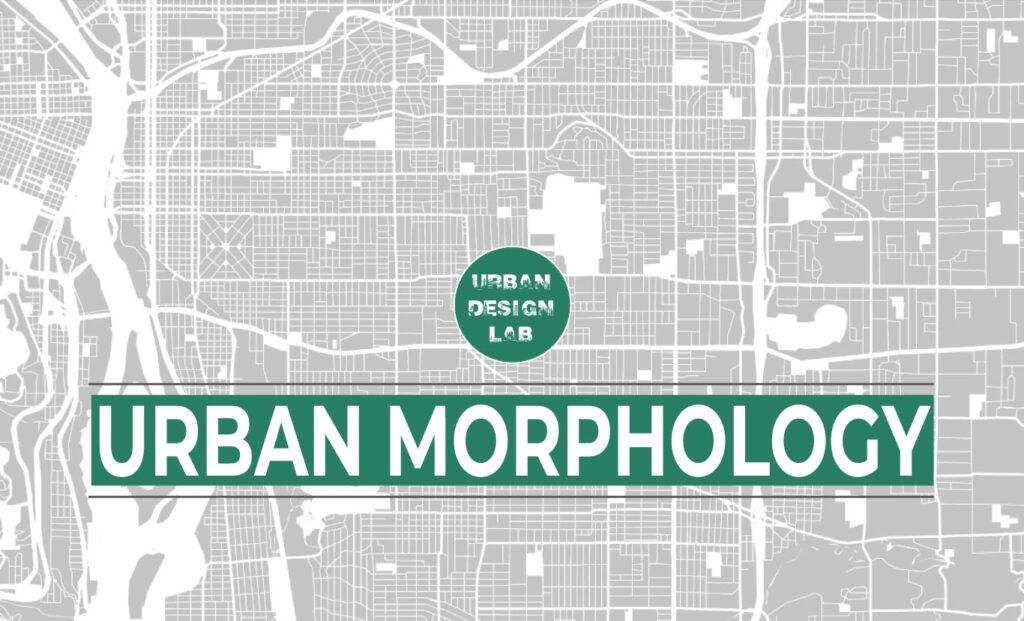
Urban Morphology, originating in the early 20th century within the field of human geography, stands as the essential lens for unraveling the inner workings of cities. Through a deep exploration of the intricate fabric of urban landscapes, we gain the ability to unearth their hidden mysteries, grasp their historical narratives, and mold their destinies. This piece embarks on an intriguing journey into the realm of urban morphology, tracing its development, diverse intellectual perspectives, hurdles, methodologies, and tangible instances from the real world.
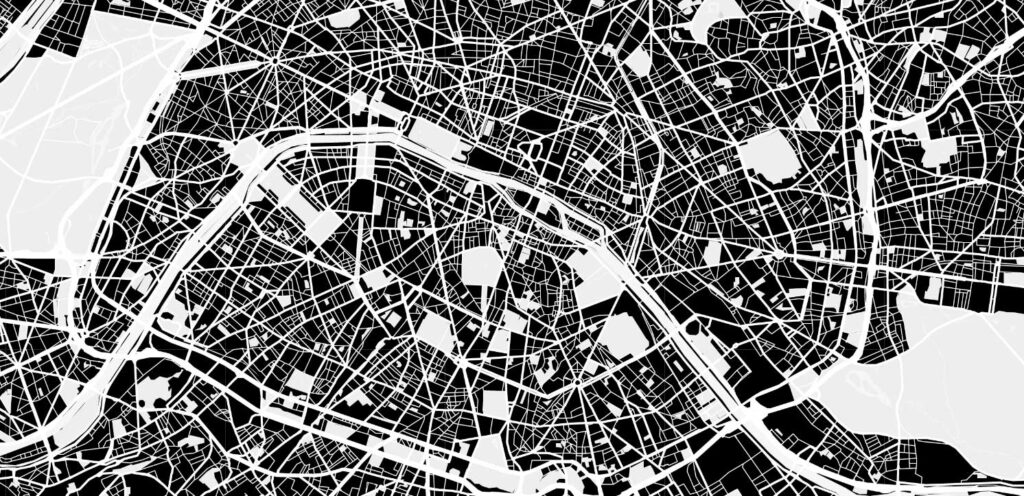
The Foundation of Urban Morphology
As a field of study, urban morphology set out in the early 20th century, planting its academic flag in the vast field of human geography. Like an archaeologist digging through layers of history to piece together the present, the early practitioners of this developing field strove to decipher the complex patterns and structures that formed urban landscapes. Urban morphology’s popularity fluctuated as it developed, reaching its height mostly in American and British academia in the 1950s and 1960s.
At its height, urban morphology was held up as a guiding light that revealed hitherto unknown aspects of metropolitan character. It was heralded as the “DNA” of cities because of how thoroughly it examined the physical and historical components of these locations.
However, as the academic landscape evolved, subsequent trends, such as the “quantitative revolution” and the “cultural turn,” began to exert their influence on the field of urban morphology. The “quantitative revolution” introduced a wave of mathematical and statistical approaches to geography, temporarily shifting the focus away from the qualitative aspects of urban form. Meanwhile, the “cultural turn” steered attention towards the cultural and societal dimensions of cities, often sidelining the study of physical form. These academic crosswinds led to fluctuations in urban morphology’s popularity.
Nevertheless, despite the changing tides, urban morphology persevered, demonstrating its resilience and adaptability. It weathered the intellectual storms and retained its significance within the realm of urban geography. As cities continued to evolve and grow, urban morphology emerged as a guiding compass for understanding the physical evolution of urban areas, providing valuable insights into their dynamic nature.
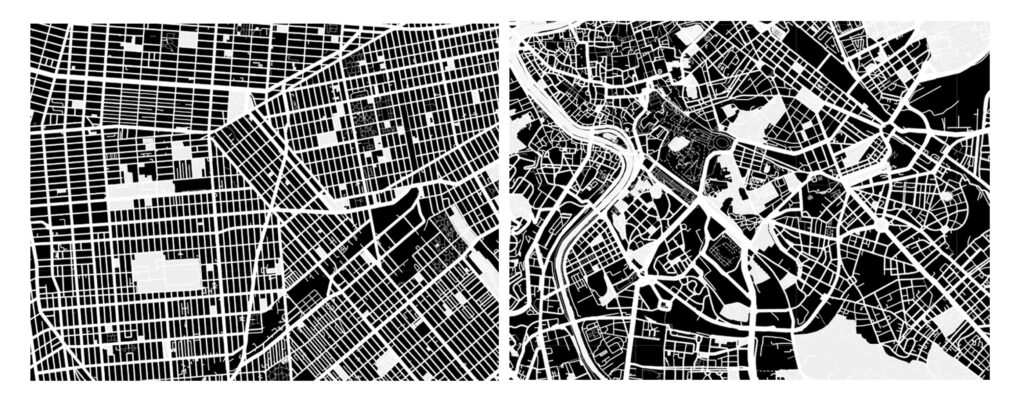
Deciphering Urban Morphology
Urban morphology, as a field of study, serves as a multidisciplinary key to unlock the mysteries hidden within the urban environment. It involves a deep and comprehensive exploration of the built environment within urban landscapes, akin to a detective unraveling the threads of a complex narrative. This encompassing journey comprises several vital components:

Categorization of Urban Spaces:
The classification of urban areas according to their physical characteristics is a cornerstone of urban morphology. This method, which is similar to taxonomy in biology, attempts to categorize cities according to their distinguishing features including architectural styles, street patterns, and land uses. Urban morphologists develop a framework for comprehending the variety and complexity of cities by methodically classifying these areas.
Unraveling Historical Processes:
When it comes to understanding the processes that have molded cities into their present forms, urban morphology plays the role of a historical detective. In order to track the development of cities over time, it is necessary to examine historical documents, maps, and archives with great care. By putting together these fragments of history, urban morphologists can better grasp the forces, events, and decisions that have shaped the urban landscape.
Understanding Agency in Formation:
The study of urban morphology extends beyond mere observation and categorization; it seeks to fathom the agencies behind the formation of urban spaces. This involves exploring the intentions, motivations, and actions of those who have shaped cities – from planners and architects to ordinary citizens. By uncovering the driving forces behind urban development, urban morphologists gain insights into the human narratives woven into the cityscape.
Schools of Thought: The Tapestry of Urban Morphology
Urban morphology doesn’t adhere to a single approach; it’s a multidisciplinary tapestry interweaving geography, architecture, and history. Several distinct traditions emerged in Europe in the mid-20th century:
The Italian School:
The Italian architects, including Saverio Muratori, Carlo Aymonino, Gianfranco Caniggia, and Aldo Rossi, made a significant impact on urban morpho-typology. This school broadened the discipline’s scope to encompass all scales of the built landscape. It characterizes urban form as dynamic and continuously evolving through interactions with its producers and inhabitants. This perspective, often referred to as an “operational history of urban form,” dissects the actions taken by planners, designers, and builders as they mold cities. It bridges the study of urban morphology with architectural typology, exploring the connections between urban form and building typology.
The British School:
Running in parallel, the British school has made substantial contributions to urban morphology. Notable scholars such as R. E. Dickinson, M. R. G. Conzen, and J. W. R. Whitehand played pivotal roles. Conzen’s tripartite division of urban form into ground plan, building fabric, and land and building utilization remains influential. His concepts, like “plan unit,” “morphological period,” and “fixation line,” provide valuable bridges between different morphological elements. Conzen’s work also focused on operationalizing these concepts in urban planning.
The French School:
In France, architectural historians and urban architects, including Jean Castex, Jean-Charles Depaule, and Philippe Panerai, rekindled interest in urban morphology. They explored the connection between building and parceling, architecture and urban blocks. Their work highlighted the interplay between these elements in the urban landscape.
Tools and Techniques to Decode Urban Morphology
Studying urban morphology involves various tools and techniques, such as cartography, architectural analysis, and spatial mapping. These methods provide insights into the structural and historical aspects of urban landscapes. Additionally, with advancements in Geographic Information Systems (GIS) and remote sensing technologies, urban morphology researchers can analyze cities in more detail and at larger scales than ever before.
Historical Maps:
Historical maps offer a window into a city’s past, helping researchers understand how urban landscapes have evolved over time. By comparing maps from different eras, urban morphologists can trace the development of streets, plots, and buildings.
Architectural Analysis:
Architectural analysis delves into the design and construction of buildings within a city. This approach helps in understanding the various building types and architectural styles that shape urban landscapes.
Spatial Mapping:
Spatial mapping, often done using Geographic Information Systems (GIS), allows researchers to create detailed maps of urban areas. These maps can highlight patterns, distribution, and variations in urban forms.
Fieldwork:
Fieldwork involves physically visiting urban areas to gather data and gain a deeper understanding of the city’s form. Researchers can conduct surveys, take photographs, and make detailed observations to enhance their analysis.
Case Studies: Real-World Application of Urban Morphology
Urban morphology isn’t just an academic pursuit; it directly informs urban planning and design. Several case studies illustrate how the discipline’s insights can be applied in the real world, showcasing its profound impact on shaping the physical and historical identity of cities.
Conzen's Approach in Alnwick: Preserving History Through Urban Morphology
The Conzenian approach, named after the influential urban geographer M. R. G. Conzen, has been employed to analyze towns and cities like Alnwick, a historic market town nestled in the northeast of England. This method is a powerful tool in reconstructing the city’s historical development while simultaneously guiding modern urban planning efforts aimed at preserving its rich historical character.
In the case of Alnwick, Conzen’s approach was instrumental in unraveling the layers of history embedded in the town’s urban fabric. Through a meticulous analysis of historical maps, architectural styles, and land use patterns, researchers were able to trace the evolution of Alnwick from its medieval origins to its present-day configuration. This not only fostered a deeper understanding of the town’s growth but also revealed critical insights into the factors that contributed to its unique character.
Furthermore, Conzen’s approach offered a valuable blueprint for contemporary urban planning in Alnwick. By recognizing the significance of preserving the historical continuity and architectural heritage of the town, planners and architects could make informed decisions. This approach guided initiatives to harmoniously blend new developments with the existing urban fabric, ensuring that Alnwick’s historical essence remained intact while accommodating modern needs.
The Alnwick case study serves as a compelling example of how urban morphology, through Conzen’s approach, can bridge the gap between the past and the future, enriching urban planning and design with a profound appreciation for a city’s history.

The Italian Influence in Venice: Unveiling the Intricate History of a City
In Venice, Italy, the Italian school of urban morphology has played a pivotal role in unraveling the intricate history of this unique city, renowned for its captivating canals, historic architecture, and cultural heritage. Saverio Muratori, a prominent figure within the Italian school, has been instrumental in showcasing how urban morphology can reveal the historical depths of a city.
Muratori’s work on the operational urban history of Venice and other Italian cities delves into the dynamic relationship between urban form and the socio-cultural forces that have shaped it over centuries. Through careful analysis of the city’s layout, architectural styles, and land use patterns, Muratori’s research has provided a comprehensive narrative of Venice’s evolution. This deep historical understanding is essential for preserving the city’s authenticity while navigating the challenges of contemporary urban development.
Venice’s urban morphology highlights the delicate interplay between built form and cultural identity. By acknowledging this relationship, urban planners and policymakers can make informed decisions to safeguard the city’s cultural heritage while addressing modern demands such as tourism, infrastructure, and sustainability. Venice’s experience demonstrates that urban morphology, as championed by the Italian school, serves as a bridge between the past and the future, enriching the preservation and adaptation of a city’s unique character.

Versailles Urban Block Analysis: Insights into Urban Evolution
In France, urban architects at the École de Versailles have contributed significantly to urban morphology through their work, as exemplified in “Formes urbaines, de l’îlot à la barre.” This work offers profound insights into the life and transformation of the urban block, highlighting its crucial role in shaping urban landscapes.
The case of Versailles, a city famed for its opulent palace and formal gardens, provides a compelling backdrop for urban block analysis. By dissecting the historical evolution of urban blocks in Versailles, researchers gain a deeper understanding of the city’s growth and transformation over time. This analysis underscores the importance of urban blocks in structuring the urban fabric, from historic neighborhoods to more modern developments.
The findings from the Versailles case study inform contemporary urban planning and design by shedding light on the significance of preserving and adapting urban blocks to modern needs. By appreciating the role these blocks have played in shaping the city’s character, urban planners can ensure that new developments harmonize with the existing urban fabric. This approach balances the preservation of historical identity with the requirements of a modern, functional city.

Challenges and Controversies: Unraveling the Complexities
Urban morphology faces a set of challenges and controversies that require attention. The discipline lacks a strong theoretical foundation compared to other geographical disciplines. The integration of more theoretical underpinnings is crucial for urban morphology to remain relevant.
Another challenge is the use of modern representations of urban landscapes to reconstruct historical forms. It’s a complex task with limitations, and interdisciplinary collaboration with archaeologists is increasingly necessary.
Furthermore, bridging the gap between urban morphological theory and practical urban planning and design can be daunting. Overcoming this divide and facilitating meaningful collaboration between geographers and architects is crucial.
Challenges Ahead: Decoding the Future of Cities
Urban morphology’s evolution continues. There’s a growing need for a more robust theoretical foundation. Engaging with contemporary geographical thought will help the field evolve. Also, fostering cooperation between academia and practice will ensure that the knowledge base of urban morphology influences meaningful development in our cities.
References:
- Whitehand, J. W. R. “The British School of Urban Morphology.”
- Panerai, Philippe. “Architectural Analysis and Urban Blocks: A Study of Urban Morphology in France.”
- Conzen, M. R. G. “Alnwick: Preserving History Through Urban Morphology.”
- Muratori, Saverio. “Operational Urban History of Venice: Unveiling the Intricate History of a City.”
- Lynch, Kevin. The Image of the City. MIT Press, 1960.
- Choay, Françoise. The Modern City: Planning in the 19th Century. Editions of the Centre National de la Recherche Scientifique, 1989.
-
Panerai, Philippe. “Architectural Analysis and Urban Blocks: A Study of Urban Morphology in France.”
- Muratori, Saverio. “Operational Urban History of Venice: Unveiling the Intricate History of a City.”
- Southworth, Michael, and Peter Owens. The Evolving Metropolis: Studies of Community, Neighborhood, and City. Lincoln Institute of Land Policy, 2007.
- Porta, Sergio, and Per Haupt. Urban Futures: Critical Commentaries on Shaping Cities.
- Gauthier, Hervé, and André Sorensen, editors. The Oxford Handbook of Urban Planning.
- Jacobs, Jane. The Death and Life of Great American Cities. Random House, 1961.
- Appleyard, Donald. Livable Streets. University of California Press, 1981.
- Hall, Peter. Cities of Tomorrow: An Intellectual History of Urban Planning and Design in the Twentieth Century. Wiley, 2002.

Urban Design Lab
About the Author
This is the admin account of Urban Design Lab. This account publishes articles written by team members, contributions from guest writers, and other occasional submissions. Please feel free to contact us if you have any questions or comments.
Related articles


Rethinking Urban Planning Careers in India

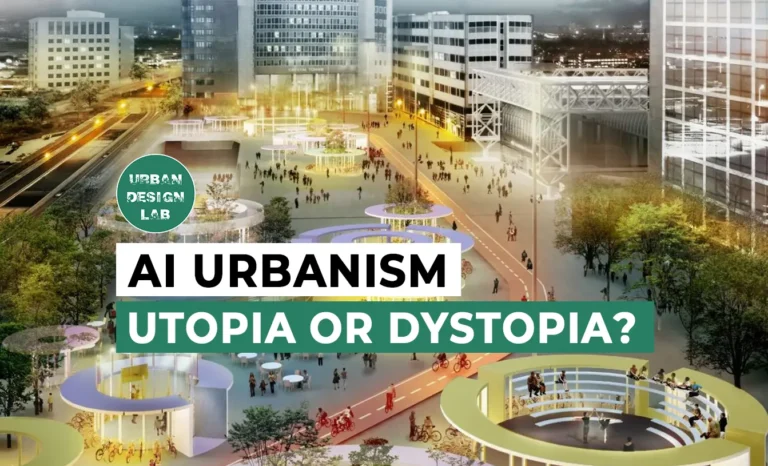
AI Urbanism: Utopia or Dystopia? The Unvarnished Truth.
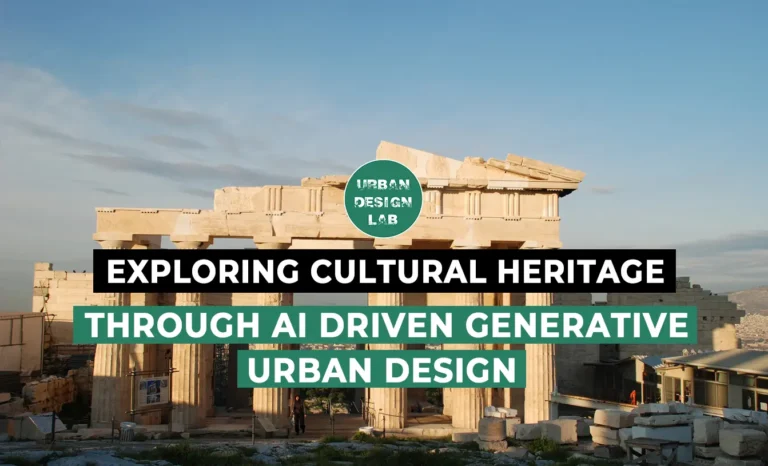

5-Days UDL GIS
Masterclass
GIS Made Easy – Learn to Map, Analyse, and Transform Urban Futures
Session Dates
14th-18th July 2025

Free E-Book
From thesis to Portfolio
A Guide to Convert Academic Work into a Professional Portfolio”
Recent Posts
- Article Posted:
- Article Posted:
- Article Posted:
- Article Posted:
- Article Posted:
- Article Posted:
- Article Posted:
- Article Posted:
- Article Posted:
- Article Posted:
- Article Posted:
- Article Posted:
Sign up for our Newsletter
“Let’s explore the new avenues of Urban environment together “




























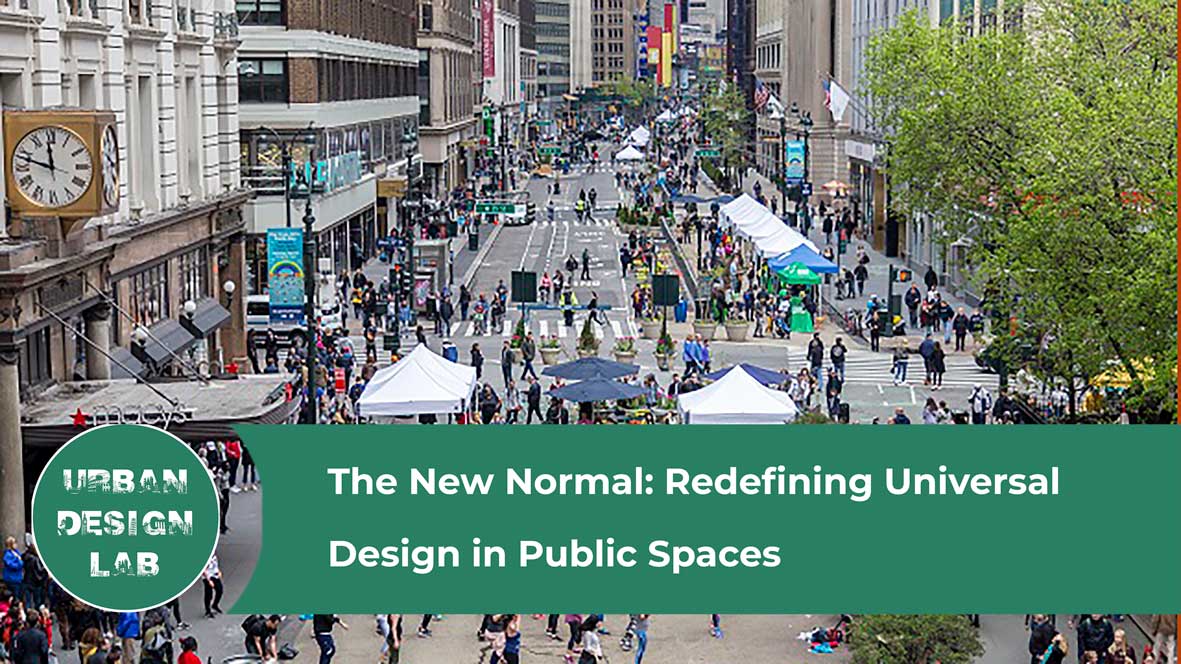
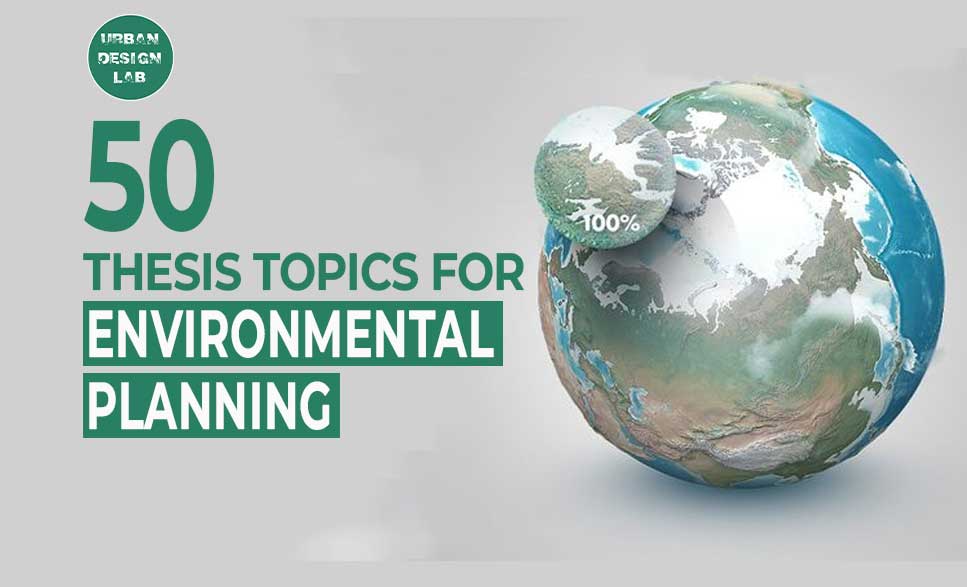
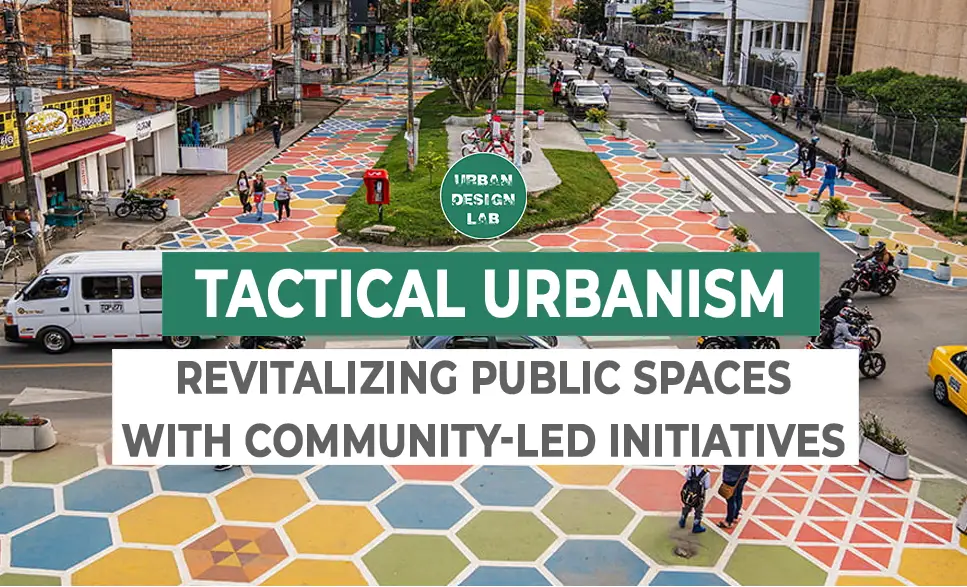
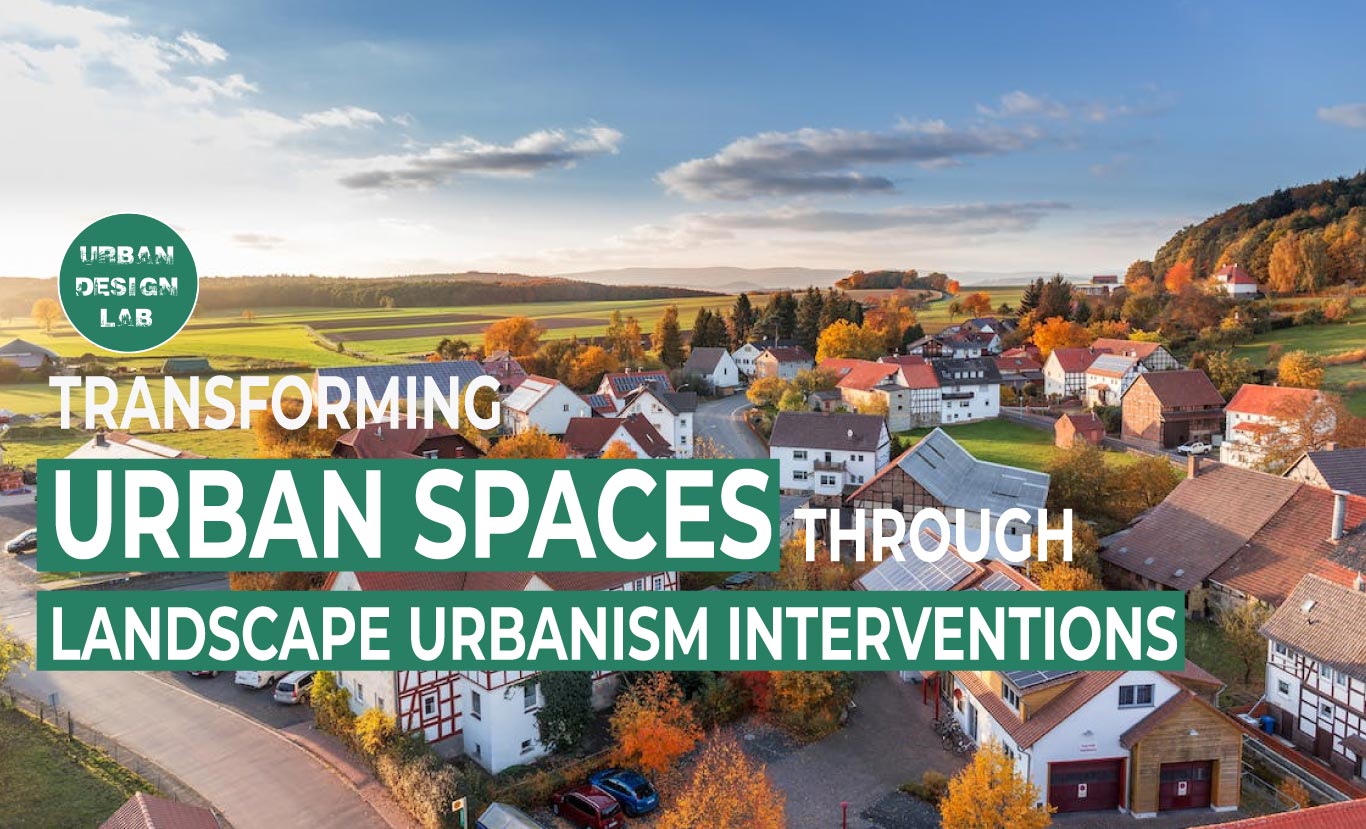
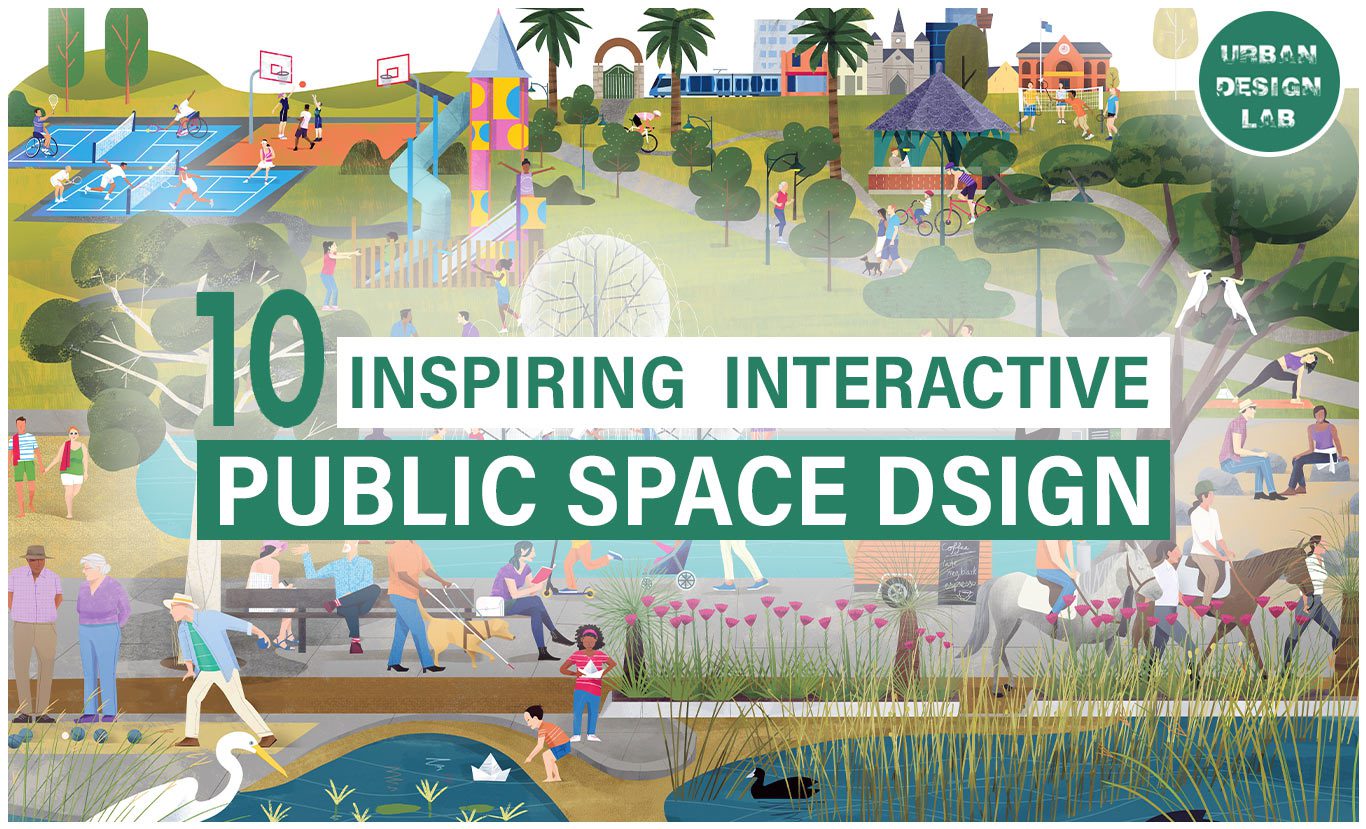




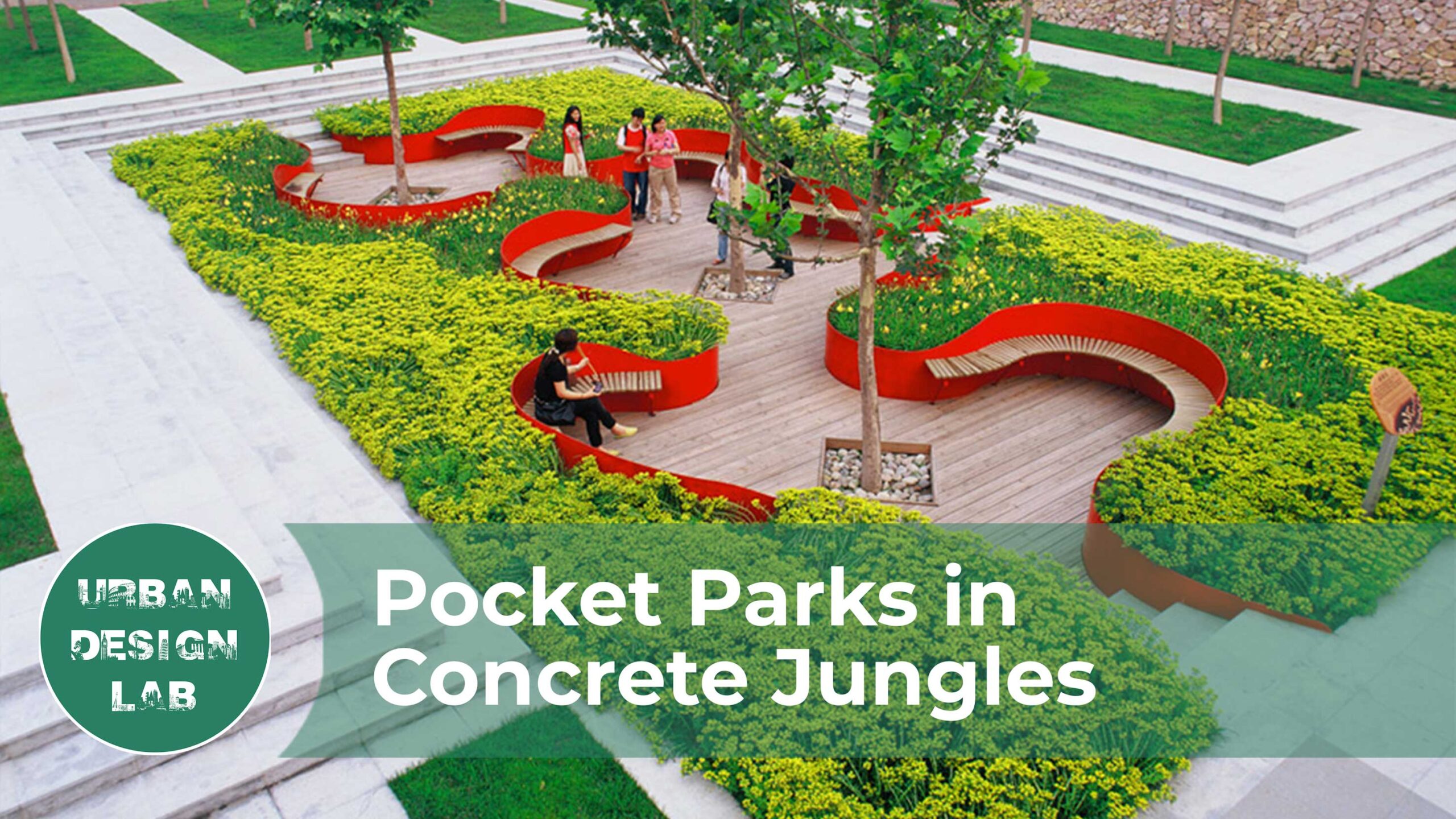
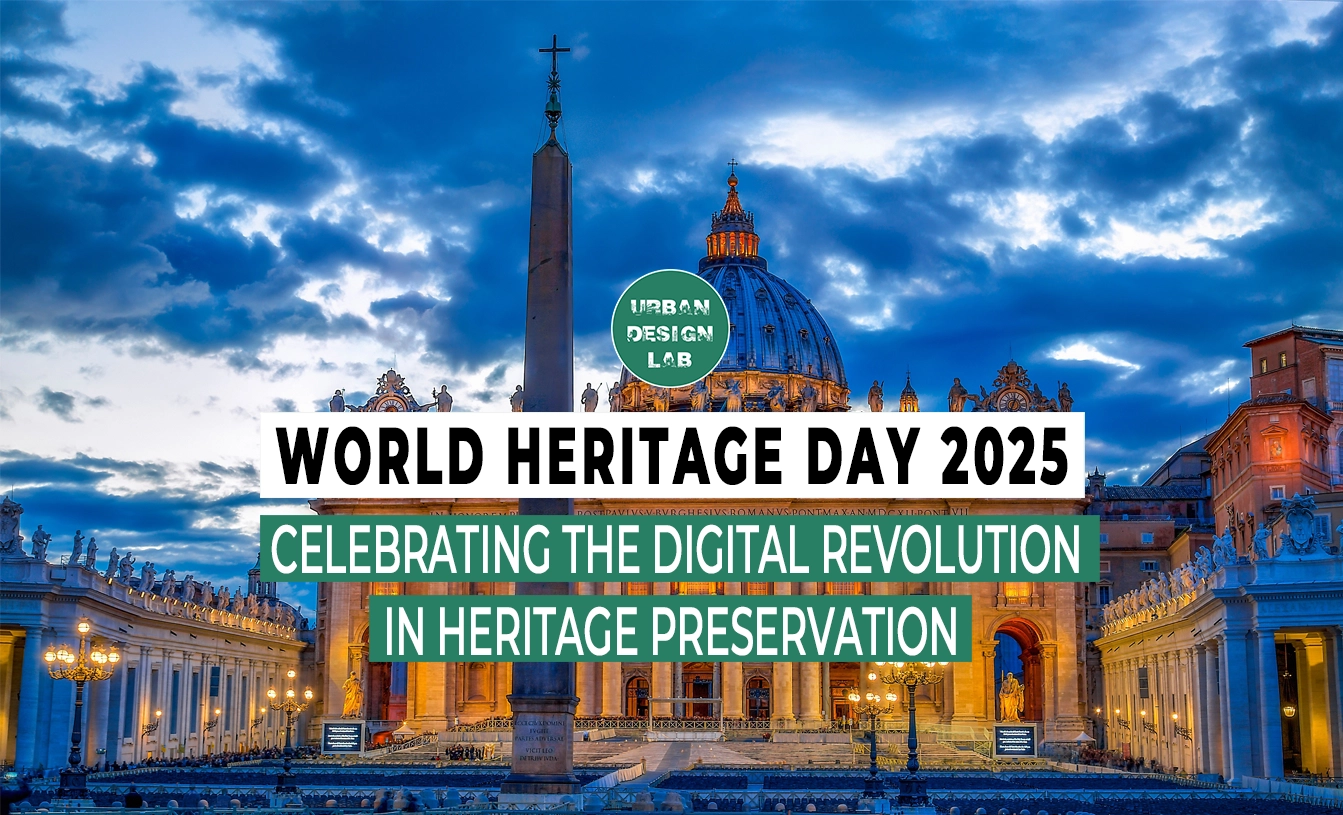
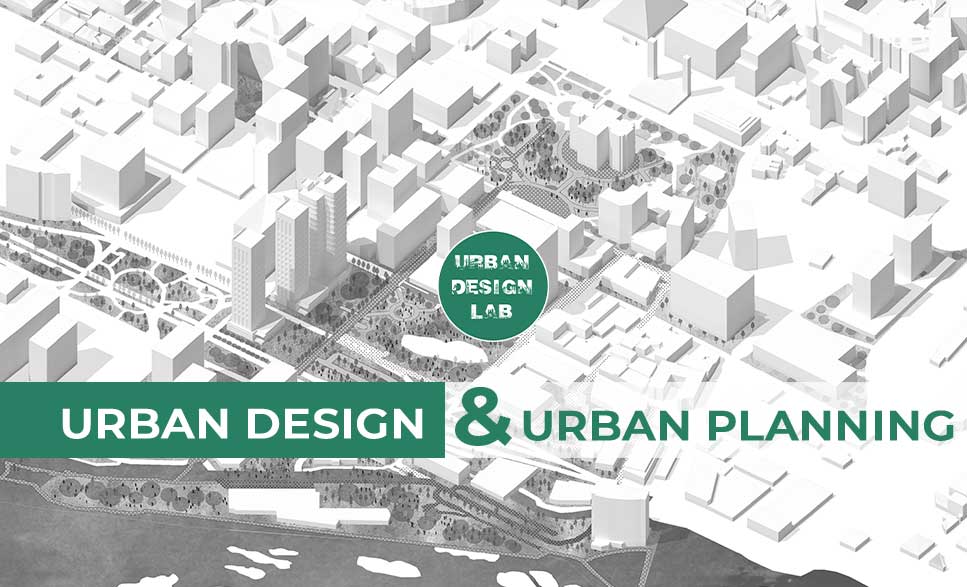

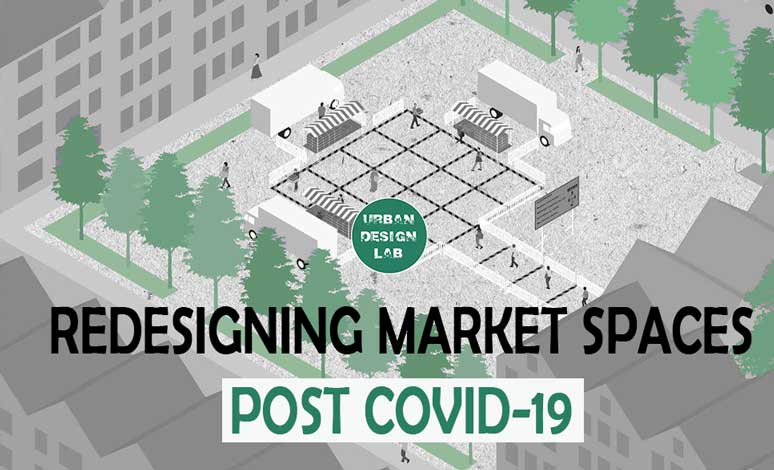
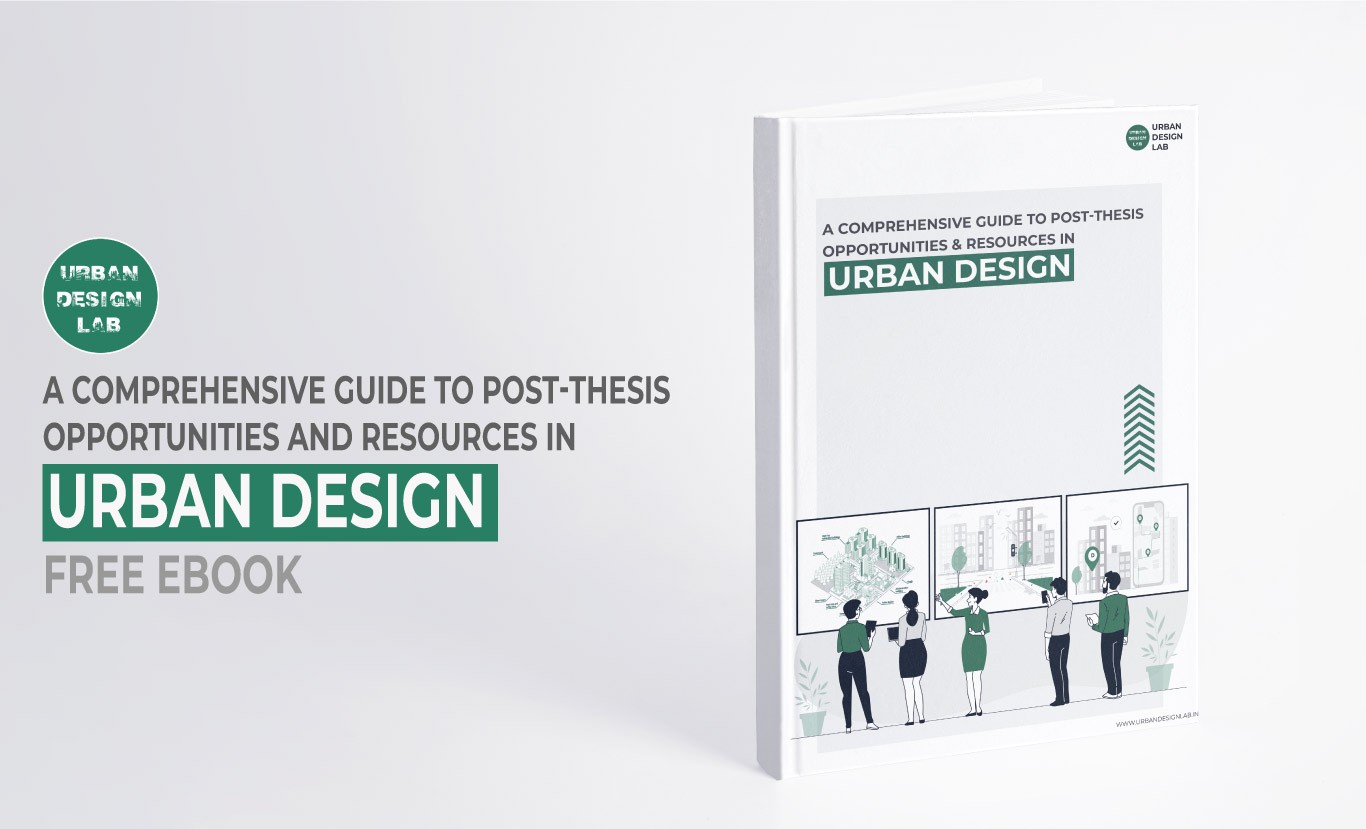





2 Comments